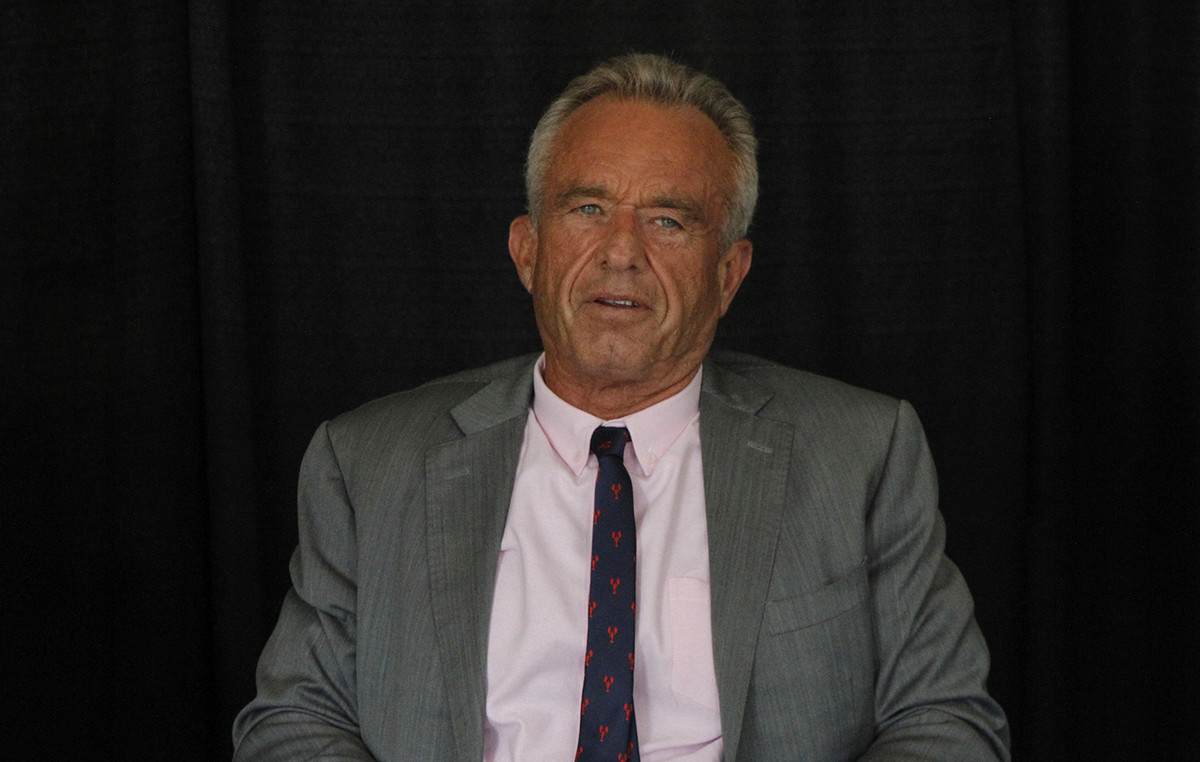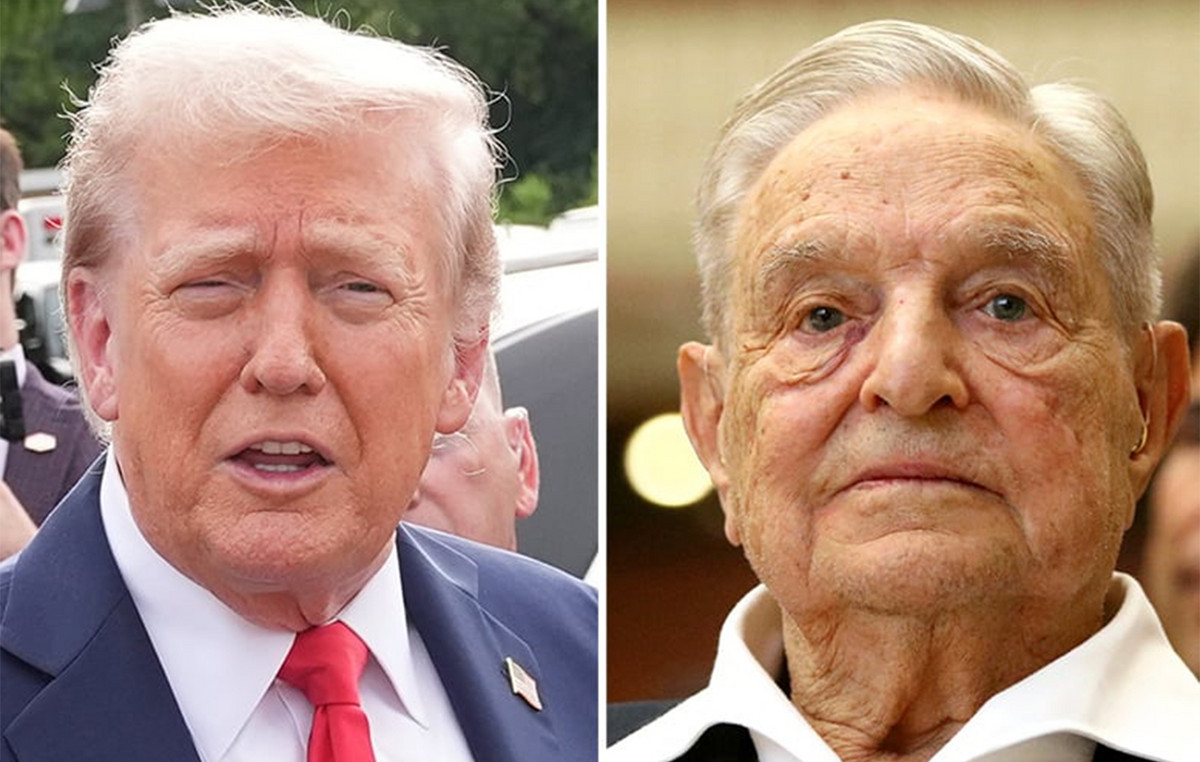- Gold prices attract some buying on Tuesday after an intraday drop to the $1,990 area.
- The Fed’s hawkish expectations, elevated US bond yields and modest Fólar strength could limit the yellow metal’s gains.
- The retreat in safe haven demand justifies bulls’ caution ahead of the key FOMC decision.
The price of Gold (XAU/USD) reverses an intraday drop towards the $1,990 area and reaches a new daily high during the early stages of the European session. However, the precious metal remains below the psychological level of $2,000, amid expectations that the Federal Reserve (Fed) will keep the door open for an additional rate hike in 2023 to bring inflation back to normal. 2% target. The hawkish outlook continues to support elevated US Treasury yields, which helps revive demand for the US dollar (USD) and could limit the rise of the dollar-denominated yellow metal.
Aside from this, Israel’s more restrained approach in its incursion into Gaza has eased fears of a widening crisis in the Middle East and further undermined the safe haven price of Gold. That said, the risk of a further escalation of the conflict between Israel and Hamas remains, which, together with uncertainty over the economic recovery in China, helps XAU/USD attract some buying near the $1,990 area. Meanwhile, the emergence of some buying at lower levels warrants some caution before positioning for any significant corrective declines.
Traders could also choose to stay on the sidelines ahead of the FOMC’s two-day policy meeting, which begins this Tuesday. Meanwhile, the US economic agenda – with the publication of the Chicago PMI and the Conference Board consumer confidence index – could influence the price dynamics of the Dollar and give some boost to the price of Gold. Meanwhile, the fundamental background mentioned above warrants some caution on the part of aggressive traders and before positioning for the next directional move ahead of key central bank events.
Daily Summary of Market Drivers: Gold Price Continues to Attract Safe Haven Monetary Flows
- The price of Gold is struggling to gain any significant traction and remains below a multi-month high touched last week, although it lacks follow-through selling.
- The precious metal remains on track to rise 8% this month – the biggest rise since November 2022 – on the back of safe-haven demand stemming from the Middle East crisis.
- China leads record gold purchases by central banks in the first nine months of the year, as it tries to reduce its dependence on the dollar to maintain its reserves – Financial Times
- Global gold demand, excluding over-the-counter (OTC), fell 6% in the third quarter as central bank purchases fell short of last year’s record levels and jewelers’ consumption declined – WGC
- Official sector gold purchases reached 800 tons, more than in any January-September period in WGC data dating back to 2000, and are expected to approach their 2022 level for the year as a whole.
- Investors appear reluctant to open aggressive directional positions and are looking for fresh impetus in the Federal Reserve’s near-term monetary policy outlook.
- The Fed is expected to keep interest rates at their highest level in 22 years at the end of its two-day policy meeting from Oct. 31 to Nov. 1.
- The Fed will announce its decision on Wednesday and is expected to keep interest rates at 5.25%-5.50%, the highest in 22 years.
- Investors will look for clues about the future path of rate hikes, which, in turn, will influence the Dollar and give new directional momentum to the price of Gold.
- The US economy remains resilient and inflation remains above the Fed’s 2% target, which should allow the US central bank to maintain its hawkish stance.
- Fed Chair Jerome Powell had warned earlier this month that inflation remained too high and that further rate hikes were possible if the economy remained surprisingly hot.
- Once again, the Bank of Japan fails to deliver and defies market expectations of a change in the 10-year JGB yield ceiling from 1% to perhaps 1.25% or 1.50%.
- Easing geopolitical tensions in the Middle East dents demand for traditional safe-haven assets and also contributes to a slightly sellish tone around XAU/USD.
- China’s manufacturing PMI contracts and growth in the services sector slows in October, fueling concerns about worsening conditions in the world’s second-largest economy.
Technical Analysis: Gold price struggles to capitalize on intraday rise beyond $2,000 level
From a technical point of view, the Relative Strength Index (RSI) on the daily chart has broken out of the overbought zone and supports the prospects of some declines around the price of Gold. Therefore, it is more likely Any further declines are expected to find support near the breakout point of the $1,986-$1,985 horizontal resistance. A convincing breakout, however, could spark some technical selling and drag XAU/USD towards intermediate support at $1,964, en route to last week’s low around the $1,954-$1,953 area.
On the other hand, the round $2,000 level, followed by the multi-month high, around the $2,005 area touched last Friday, now appear to act as immediate obstacles. Sustained strength above that last level should pave the way for an extension of a three-week uptrend and lift the price of Gold to the next relevant barrier near the $2,022 region.
Dollar Quote Today
The following table shows the percentage change of the United States Dollar (USD) against major currencies.
| USD | EUR | GBP | CAD | AUD | JPY | NZD | CHF | |
| USD | 0.21% | 0.20% | 0.15% | 0.40% | 0.65% | 0.26% | 0.03% | |
| EUR | -0.22% | -0.02% | -0.03% | 0.18% | 0.43% | 0.04% | -0.18% | |
| GBP | -0.20% | 0.00% | -0.02% | 0.18% | 0.46% | 0.07% | -0.17% | |
| CAD | -0.17% | 0.08% | 0.04% | 0.25% | 0.51% | 0.11% | -0.12% | |
| AUD | -0.41% | -0.18% | -0.18% | -0.20% | 0.28% | -0.12% | -0.35% | |
| JPY | -0.64% | -0.45% | -0.46% | -0.51% | -0.27% | -0.38% | -0.62% | |
| NZD | -0.26% | -0.04% | -0.06% | -0.07% | 0.12% | 0.41% | -0.24% | |
| CHF | -0.04% | 0.18% | 0.16% | 0.12% | 0.35% | 0.62% | 0.23% |
The heat map shows the percentage changes of the major currencies against each other. The base currency is chosen in the left column, while the quote currency is chosen in the top row. For example, if you choose the euro in the left column and scroll down the horizontal line to the Japanese yen, the percentage change that appears in the box will represent EUR (base)/JPY (quote).
Frequently asked questions about Gold
Why invest in Gold?
Gold has played a fundamental role in human history, as it has been widely used as a store of value and medium of exchange. Today, aside from its brilliance and use for jewelry, the precious metal is considered a safe-haven asset, meaning it is considered a good investment in turbulent times. Gold is also considered a hedge against inflation and currency depreciation, since it does not depend on any specific issuer or government.
Who buys more Gold?
Central banks are the largest holders of Gold. In their aim to support their currencies in turbulent times, central banks tend to diversify their reserves and purchase Gold to improve the perception of strength of the economy and currency. High Gold reserves can be a source of confidence for the solvency of a country. Central banks added 1,136 tons of gold worth about $70 billion to their reserves in 2022, according to data from the World Gold Council. This is the largest annual purchase since records exist. Central banks in emerging economies such as China, India and Turkey are rapidly increasing their gold reserves.
What correlation does Gold have with other assets?
Gold has an inverse correlation with the US Dollar and US Treasuries, which are the main reserve and safe haven assets. When the Dollar depreciates, the price of Gold tends to rise, allowing investors and central banks to diversify their assets in turbulent times. Gold is also inversely correlated with risk assets. A rally in the stock market tends to weaken the price of Gold, while sell-offs in riskier markets tend to favor the precious metal.
What does the price of Gold depend on?
The price of Gold can move due to a wide range of factors. Geopolitical instability or fear of a deep recession can cause the price of Gold to rise rapidly due to its status as a safe haven asset. As a non-yielding asset, the price of Gold tends to rise when interest rates fall, while rising money prices tend to weigh down the yellow metal. Still, most of the moves depend on how the US Dollar (USD) performs, as the asset is traded in dollars (XAU/USD). A strong Dollar tends to keep the price of Gold in check, while a weaker Dollar is likely to push up Gold prices.
Source: Fx Street
I am Joshua Winder, a senior-level journalist and editor at World Stock Market. I specialize in covering news related to the stock market and economic trends. With more than 8 years of experience in this field, I have become an expert in financial reporting.







